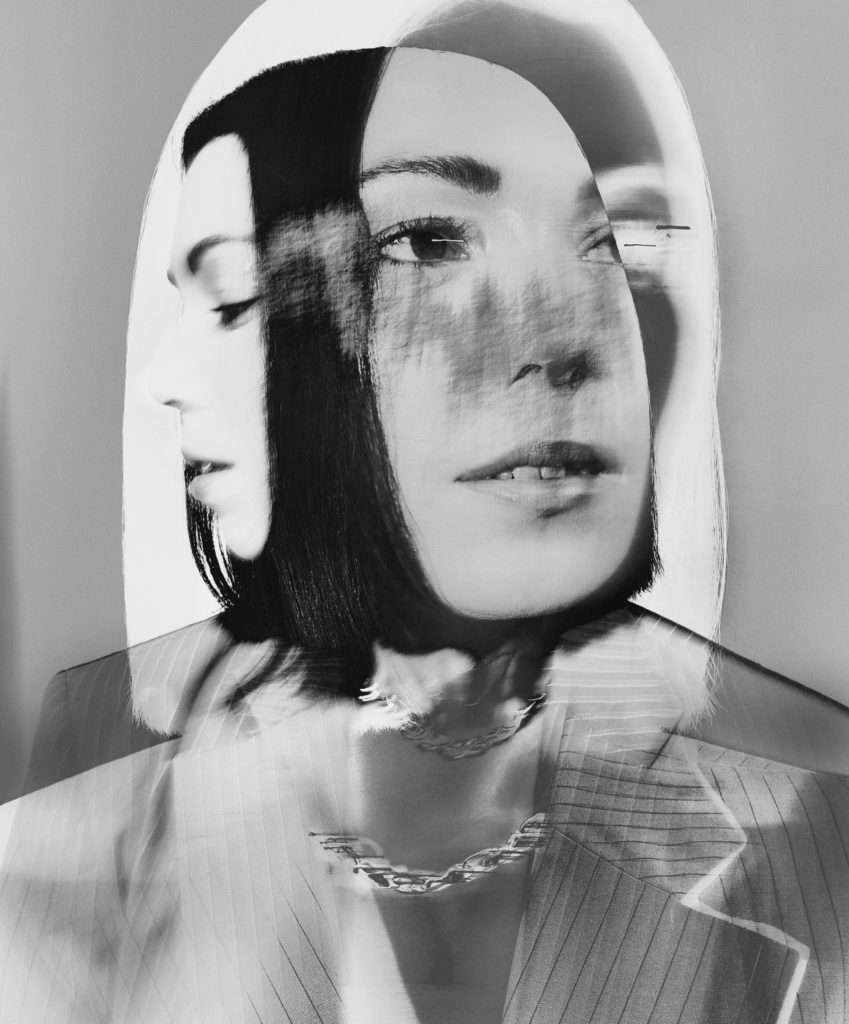

Other prominent artists who create new-age music expressly for healing or meditation include Irv Teibel, Paul Horn, Deuter, Steven Halpern, Paul Winter, Lawrence Ball, Karunesh, Krishna Das, Deva Premal, Bhagavan Das, and Snatam Kaur. Flautist Dean Evenson was one of the first musicians to combine peaceful music with the sounds of nature, launching a genre that became popular for massage and yoga. Subliminal messages are also used in new-age music, and the use of instruments along with sounds of animals (like whales, wolves and eagles) and nature (waterfalls, ocean waves, rain) is also popular. It is minimalist in conception, and musicians in the genre are mostly instrumentalists rather than vocalists. To be useful for meditation, music must have repetitive dynamic and texture without sudden loud chords or improvisation, which could disturb the meditator.

The proponents of this definition are almost always musicians who create their music expressly for these purposes. New-age music with an ambient sound that has the explicit purpose of aiding meditation and relaxation, or aiding and enabling various alternative spiritual practices, such as alternative healing, yoga practice, guided meditation, or chakra auditing.The two definitions typically associated with the new-age genre are: There is also a significant overlap of sectors of new-age music with ambient, classical, jazz, electronica, world, chillout, pop, and space music, among others. New-age artists range from solo or ensemble performances using classical-music instruments ranging from the piano, acoustic guitar, flute, or harp to electronic musical instruments, or from Eastern instruments such as the sitar, tabla and tamboura. New-age music is defined more by the use and effect or feeling it produces rather than the instruments and genre used in its creation it may be acoustic, electronic, or a mixture of both.

Steven Halpern's 1975 Spectrum Suite was a key work that began the new-age music movement.
#ENYA BREAKBEAT REMIX SERIES#
Irv Teibel's Environments series (1969–79) featured natural soundscapes, tintinnabulation, and " Om" chants and were some of the first publicly available psychoacoustic recordings. Paul Horn (beginning with 1968's Inside) was one of the important predecessors. Tony Scott's Music for Zen Meditation (1964) is considered to be the first new-age recording. New-age music was influenced by a wide range of artists from a variety of genres. Many consider it to be an umbrella term for marketing rather than a musical category, and to be part of a complex cultural trend. An article in Billboard magazine in 1987 commented that "New Age music may be the most startling successful non-defined music ever to hit the public consciousness". There is no exact definition of new-age music. Vocal arrangements were initially rare in the genre, but as it has evolved vocals have become more common, especially those featuring Native American-, Sanskrit-, or Tibetan-influenced chants, or lyrics based on mythology such as Celtic legends. New-age music includes both acoustic forms, featuring instruments such as flutes, piano, acoustic guitar and a wide variety of non-Western acoustic instruments, and electronic forms, frequently relying on sustained synth pads or long sequencer-based runs. It is used by listeners for yoga, massage, meditation, and reading as a method of stress management to bring about a state of ecstasy rather than trance, or to create a peaceful atmosphere in homes or other environments, and is associated with environmentalism and New Age spirituality. New-age is a genre of music intended to create artistic inspiration, relaxation, and optimism. 1960s and early 1970s, Europe and United States


 0 kommentar(er)
0 kommentar(er)
